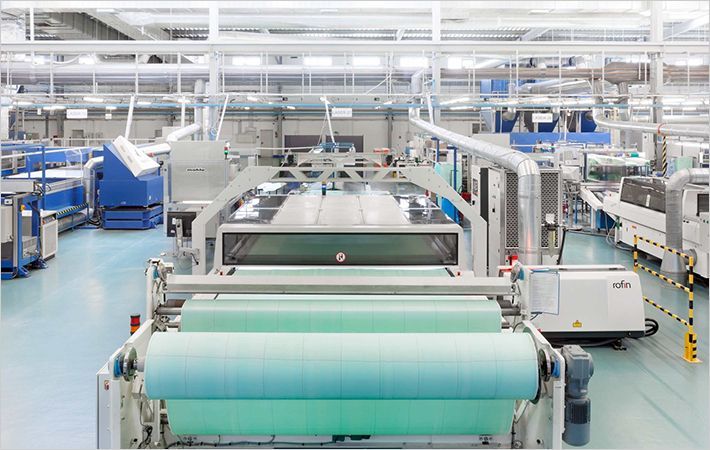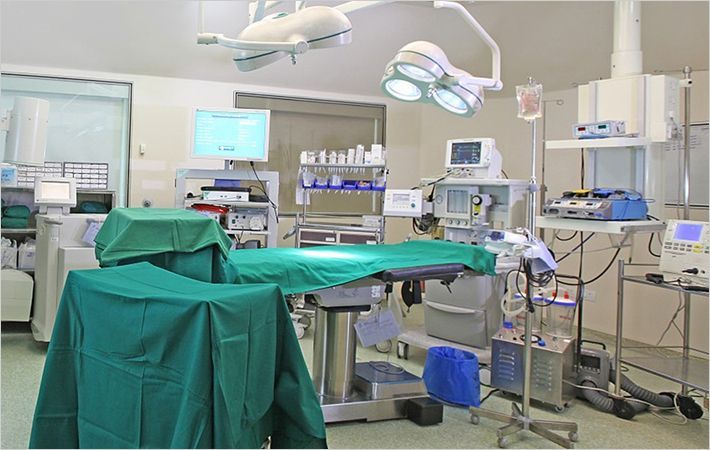Results of a recent study conducted by Texas Tech University and Enercon Industries determined that when spunbond polypropylene nonwoven fabrics are pre-treated with atmospheric plasma it increases the breathability of the fabric.
Results of a recent study conducted by Texas Tech University and Enercon Industries determined that when spunbond polypropylene nonwoven fabrics are #
Atmospheric plasma treatment increases the number of pores and enlarges the pore size of the fabric improving the diffusion of vapor between the filaments in the spunbond structure without compromising the barrier properties. These properties are significant within medical industry when developing disposable medical clothing, such as surgical masks, gowns and drapes.
Results of a recent study conducted by Texas Tech University and Enercon Industries determined that when spunbond polypropylene nonwoven fabrics are #
One of the most demanded properties of barrier fabrics for medical applications is the developments of a low cost non-woven material that is breathable, sterilizable, flexible, and resistant to blood and viral penetration.
Results of a recent study conducted by Texas Tech University and Enercon Industries determined that when spunbond polypropylene nonwoven fabrics are #
Enercon’s Plasma3 is an in-line, dry and continuous surface treatment process for web application. Its treatment techniques provide a fast, efficient and eco-friendly breathability effect on nonwoven/textile surfaces.
Results of a recent study conducted by Texas Tech University and Enercon Industries determined that when spunbond polypropylene nonwoven fabrics are #
Dr. Seshadri Ramkumar's group in the Nonwovens & Advanced Materials Laboratory and colleagues in the Departments of Chemistry and Biochemistry and Mechanical Engineering, Texas Tech University collaborated with Enercon to explore environmental friendly ways to enhance the breathability of nonwoven synthetic fabrics.
Results of a recent study conducted by Texas Tech University and Enercon Industries determined that when spunbond polypropylene nonwoven fabrics are #
Enercon Industries Corporation, headquartered in Menomonee Falls, WI, is a major manufacturer of equipment for the plastics, converting and packaging industries. The company supplies custom built corona and atmospheric plasma treating systems, as well as induction cap sealing systems.
Results of a recent study conducted by Texas Tech University and Enercon Industries determined that when spunbond polypropylene nonwoven fabrics are #
Seshadri Ramkumar

